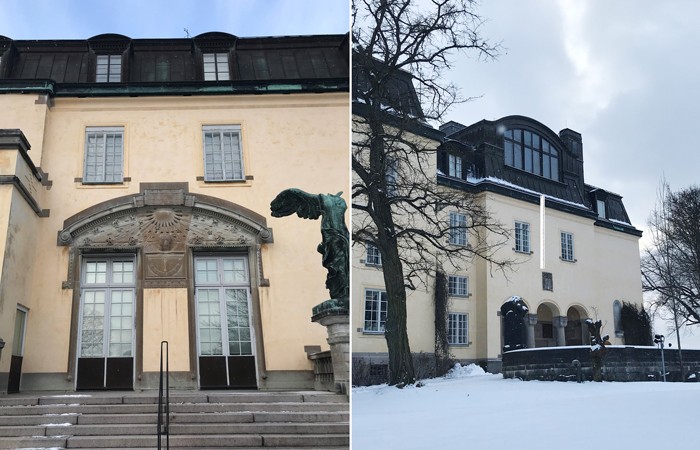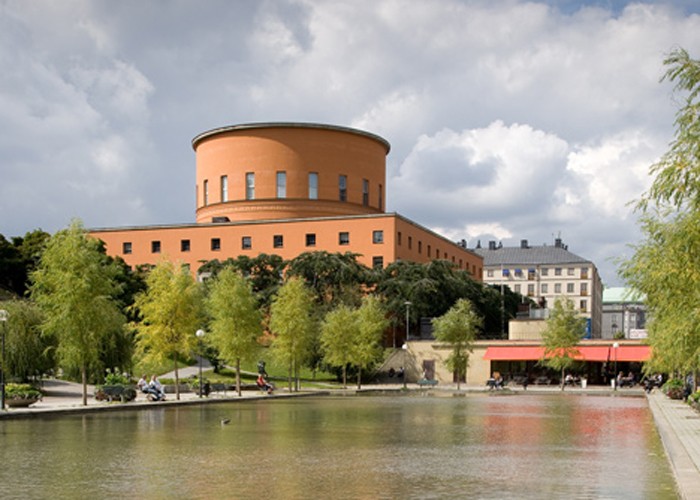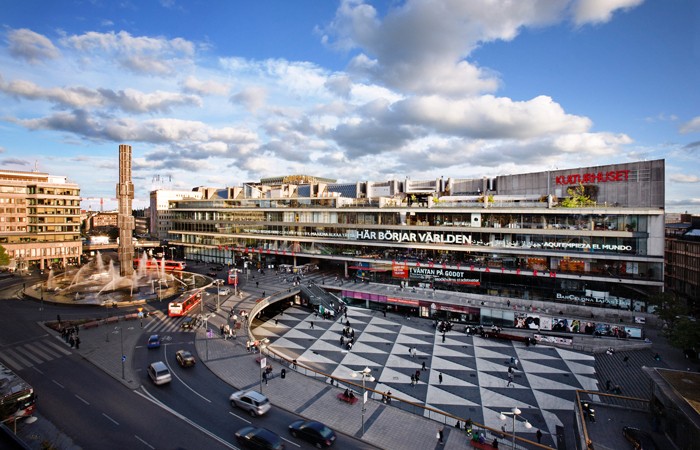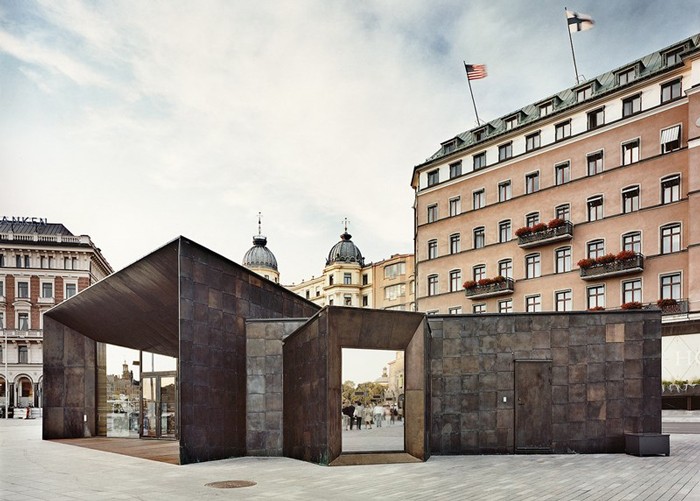The Architectural Evolution of Stockholm
Stockholm is a major European city bursting with architecture that is unique to its character and history. The city has enjoyed a design evolution, at times in major contrast to other Northern European cities which were blighted by damage in both world wars. London was ravaged in The Blitz, for example, and second world war bomb sites have continued to shape modern London for years, with second and even third waves of redevelopment.
Designers in Stockholm, on the other hand, maintained a consistent “Belle Époque” sensibility. This is evident within its historic buildings, contemporary to the Belle Époque period (1870-1914), and also within its modern architecture, which has a resonance with this era of strong industrial and economic growth in Sweden.
Stockholm’s streets are dominated by grand apartment blocks built during this period of prosperity, and while some are distinctly inspired by the Art and Crafts movement, others hint at the modernist movement that arrived in the early 20th century.
Whilst touring Stockholm and its architectural landmarks, it became evident that this Belle Époque undertone isn’t static; it has in fact been evolving from the late 19th century to the present day.
Waldemarsudde
This was the home of Prince Eugen, who was a painter, art collector and patron of artists. Originally built in 1904, the grand Belle Époque building was designed by Ferdinand Boberg and now serves as a museum.
Stockholm Public Library
A masterpiece designed by Gunnar Asplund and opened in 1928 by the now ageing Prince Eugen. The lines are incredibly clean, whilst its form is very much defined by its function – yet there are still moments of decoration and the mythology of the north in its materiality and details. In this respect, its design seems to reflect the moment when the National Romantic was becoming the Modernist.
Kulturhuset Sergels Torget
Designed by Peter Celsing in 1965, this modernist city square has the aura of the “brave new world” Kulturhuset at its heart. Celsing was a student of SIgurd Lewerentz, who some attribute within his work the starting point of Brutalism. The area around Sergelstorg was all replanned and rebuilt in the 1960s and 1970s and is at odds with the majority of areas in central Stockholm which are predominantly 19th and early 20th century. This building stands in stark contrast to the rest of city’s highly romantic, Belle Époque architecture.
Extension to the Architecture School KTH
Built in 2015, this project was designed by Tham and Videgard, who are arguably the preeminent Swedish Architects of the moment. Constructed in Corten steel, the building sits confidently amongst its late 19th century red brick neighbours. KTH was originally located on this site in the 1870’s as the Royal Technical University. By proud contrast, the architecture school somehow seems to represent the ascendancy of the creative over the technical in modern Sweden.
Ferry Terminal Strandvagen
Running alongside the Strandvagen, a grand Belle Époque boulevard, are modern bronze sculptural terminals, a grand street lined with sumptuous apartment blocks and the best hotels. These ferry terminals were designed by the talented Marge Architects in 2015 and, though contemporary in their form, their function and their materiality have a strong resonance with the grand days of the Stockholm wealthy, who would promenade along Strandagen to take the steam ferry to their weekend cottages in the Archipelago.
By the end of my architectural tour of Stockholm, I had realised that this a city which has evolved consistently in terms of design. Stockholm is self-confident and mature without being brash, and things really are thought through. It’s fair to say that Stockholm is “Lagom”, a Swedish term which means ‘not too much and not too little’.
Contact Woods Bagot









